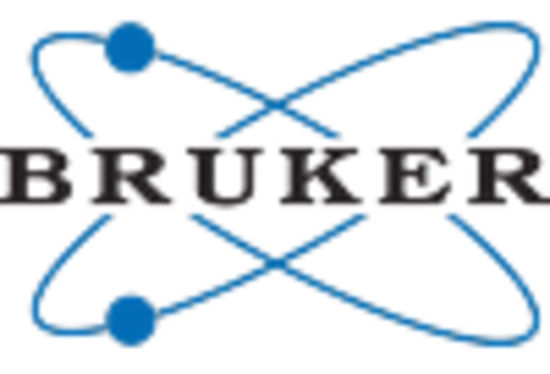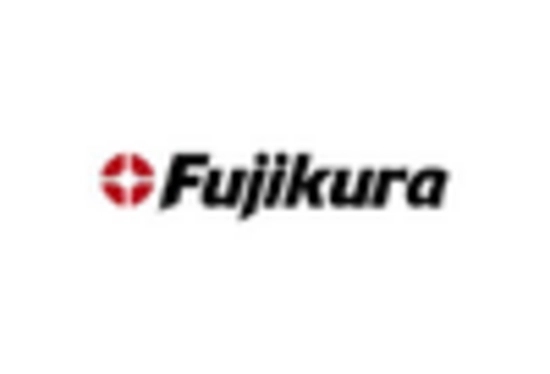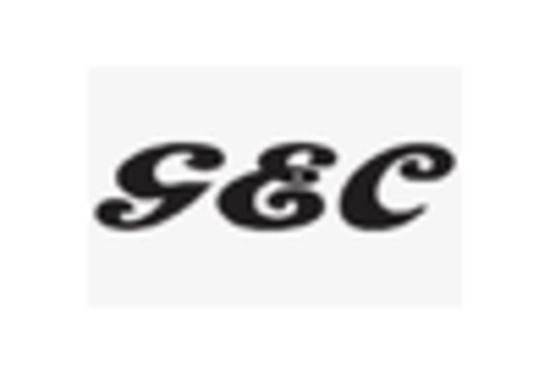Market Trends
Key Emerging Trends in the Superconducting Magnetic Energy Storage Market
In the rapidly advancing Superconducting Magnetic Energy Storage (SMES) Market, companies deploy diverse strategies to secure market share and establish themselves as key players in the energy storage sector. Differentiation emerges as a crucial strategy, with companies focusing on unique features, advanced superconducting materials, and high-energy density designs to distinguish their SMES systems from competitors. By catering to specific energy storage needs, such as rapid response and high efficiency, companies can carve out a distinct market niche and attract clients seeking cutting-edge solutions for grid stabilization and energy management.
Cost leadership plays a significant role in the SMES Market, emphasizing the importance of achieving economies of scale and optimizing manufacturing processes. Companies strive to offer competitive pricing for their SMES systems without compromising on performance or reliability. This strategy is particularly effective in markets where cost-effectiveness is a primary consideration for energy storage projects, allowing companies to capture a larger market share and position themselves as leaders in providing affordable yet efficient SMES solutions.
Innovation is a cornerstone of the Superconducting Magnetic Energy Storage Market, with companies adopting a strategy of continuous technological advancement. This involves improving superconducting wire materials, enhancing energy storage capacity, and optimizing system efficiency. By staying at the forefront of innovation, companies not only secure market share but also position themselves as pioneers in providing reliable and high-performance SMES solutions, thus attracting clients looking for cutting-edge technology to meet their energy storage requirements.
Market segmentation is a key consideration in the SMES Market, where companies tailor their systems to meet the specific needs of different applications. For instance, they might develop compact SMES units for grid stabilization or larger-scale systems for industrial applications. This targeted approach allows companies to address the unique requirements of diverse customer segments, solidifying their market presence and competitiveness in various sectors.
Strategic partnerships and collaborations are becoming increasingly crucial in the Superconducting Magnetic Energy Storage Market. Companies form alliances with utilities, grid operators, and technology providers to enhance their market reach and foster collaboration in research and development initiatives. These partnerships can result in shared resources, joint pilot projects, and a collaborative approach to addressing the challenges and opportunities in the evolving energy storage landscape.
Global expansion is a strategy adopted by many companies in the SMES Market to tap into emerging markets and diversify their customer base. By entering new international markets or strengthening their presence in existing ones, companies can address different energy infrastructure needs and regulatory environments. This expansion strategy requires an understanding of regional energy policies, grid requirements, and the potential for integrating SMES systems into diverse power networks.
Customer-centric approaches are gaining prominence as companies recognize the importance of building strong relationships with clients. Providing comprehensive technical support, offering customization options, and actively engaging with customers for feedback contribute to enhanced customer satisfaction and loyalty. In the SMES Market, where reliability and performance are critical, satisfied customers are more likely to become repeat buyers and advocates, positively influencing market share.
In summary, the Superconducting Magnetic Energy Storage Market is shaped by a variety of market share positioning strategies that companies employ to gain a competitive edge. Whether through differentiation, cost leadership, innovation, market segmentation, strategic partnerships, global expansion, or customer-centric approaches, these strategies play a crucial role in defining the industry landscape. As the demand for efficient energy storage solutions continues to grow globally, companies in the SMES Market will continue to adapt their strategies to meet the evolving needs of clients and maintain a strong presence in this transformative market.

















Leave a Comment